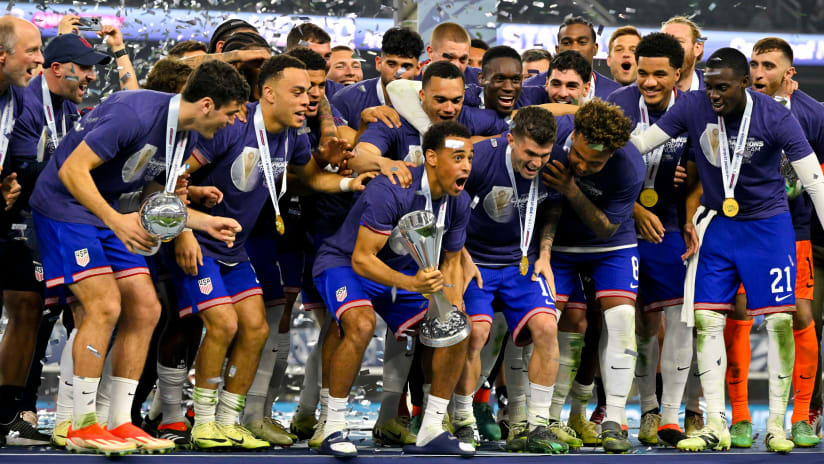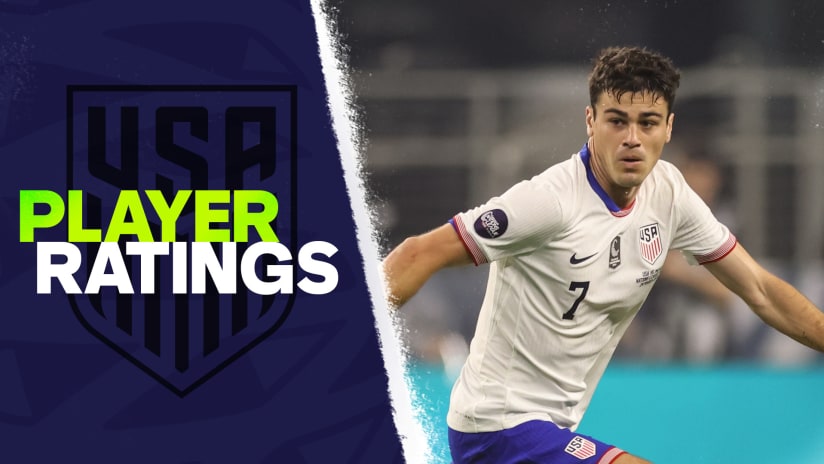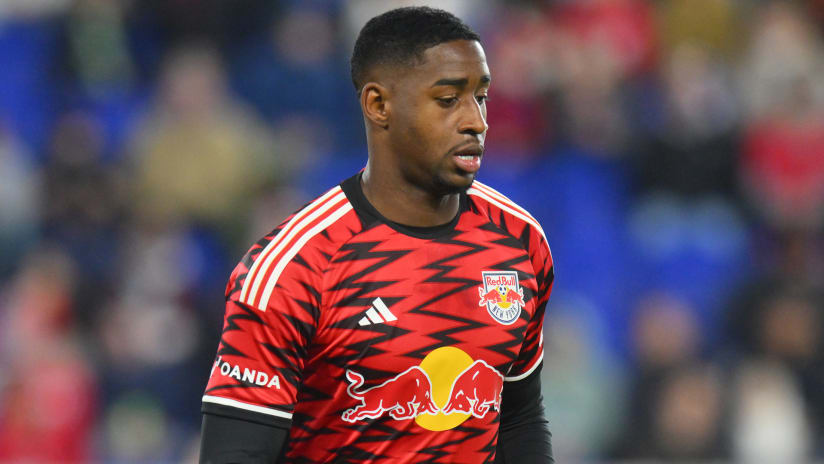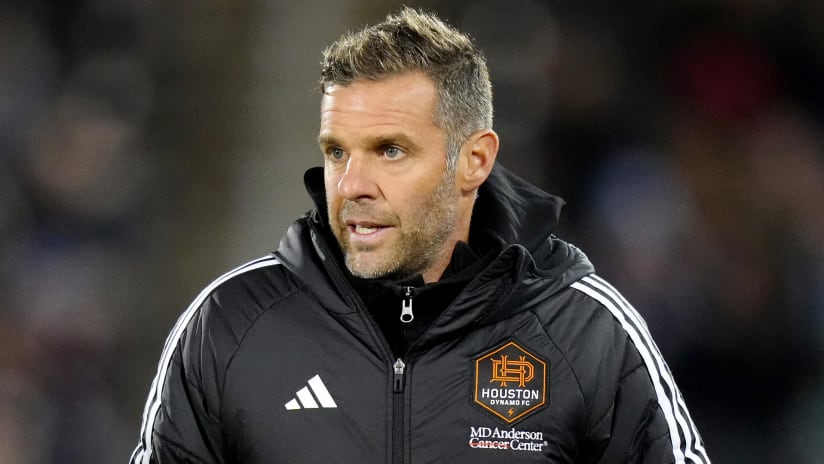AMSTERDAM — The conventional wisdom goes that a young man can head east for the promise of high-level European competition and a fatter paycheck as a professional soccer player. But, as they tend to do, times are a-changin'.
While the flow of American players across the Atlantic has steadily increased over the last decade, trade winds in several European countries could now see this market course altered in coming years.
The continent’s dicey financial conditions and subsequent belt-tightening are changing the sporting landscape. The effect is slowly starting to stem the tide of Americans playing in Europe.
"The result [of the economic times] is there won't be as many foreign players as we have seen for the last 10 years," Lynge Jacobsen, sporting director at Danish club Aalborg BK, tells MLSsoccer.com. "The American player is not very expensive, but he is more expensive than a Danish player."
From Denmark to Scotland, many European clubs are feeling the pressure of the economic crisis in the eurozone. They are slashing budgets across the board, and some are declaring bankruptcy, or as is the case with Aalborg, coming perilously close.
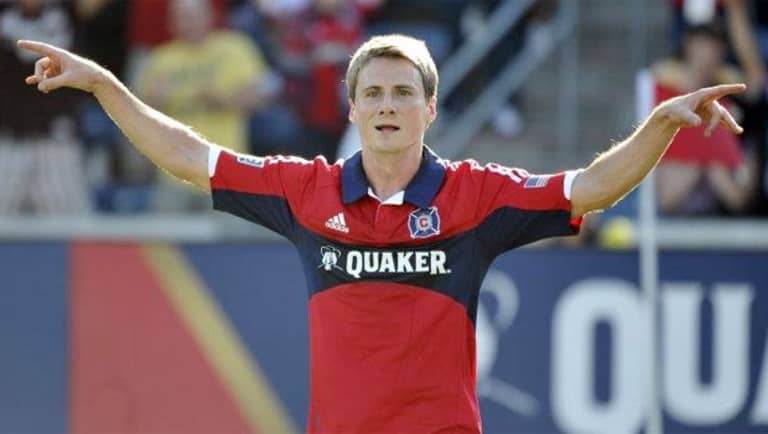
This is particularly true for clubs in smaller nations hit by recession (Denmark) and the most economically pounded countries (Greece, Portugal), but even some of the game’s biggest clubs (Rangers) and championships (Serie A) are floundering in the fiscal tidal wave.
“There are going to be very few leagues [in Europe] that have the ability to pay consistently comfortable wages," says an American agent who spoke to MLSsoccer.com on the condition of anonymity.
Some leagues have always put up obstacles that hindered the arrival of American players, such as restrictions on squad places for foreigners and, for example, the Dutch Eredivisie's minimum non-European Union salary of around $600,000 a season for players older than 21.
For the majority of American players that don't hold an EU passport, the existing hurdles will only be raised by the widespread cost-cutting that is beginning across the continent as technical directors shave the wage budget and look for bargain acquisitions.
Aalborg, a Danish Superliga side that regularly scouts America and has employed four Yanks since then-San Jose free agent Danny Califf arrived in 2006, is a good case in point. With Denmark's economy now in recession, US attacker Chris Rolfe (above at right) recently left the club and returned to the Chicago Fire on a free transfer before his AaB deal expired.
"They didn't offer me a concrete extension," said Rolfe. "They were more willing to allow me to leave just to get my salary off their books."
It’s not just established foreign veterans who will see European roster places begin to dry up. Younger players with good long-term prospects, such as former Aalborg striker Marcus Tracy, may find it more difficult to land a gig in countries previously dotted with Americans.
Tracy (at right), who won the Hermann Award as the best college player in 2008, spurned several offers before signing with Aalborg. When he arrived, he impressed, scoring the match-winner in his Superliga debut. But his career was then derailed by injury.
Even though the recovering striker still has a bit of interest in Europe, the end result for Aalborg is that the investment didn't pay off. This type of purchase now has a monetary risk many clubs simply can no longer afford to take.
"You're not going to see the ability to pay contracts and compete with the 2.Bundesliga and even some higher-level Major League Soccer contracts," the American agent says. "I think it's going to be a lot less likely for [a club like] Aalborg to bring in a player like him, who is a project."
The promise of big contracts is among the factors that has drawn many young Americans to Europe rather than joining an MLS club, even if it meant joining a lesser league or temporarily removal from the US national team spotlight.
But, in conjunction with the continued growth of MLS, the shifting economic tides in Europe could soon pay dividends for MLS as young American up-and-comers recognize the value of MLS’ stability.
Same goes for veterans in limbo. Will Rangers star Carlos Bocanegra return to MLS rather than try to navigate the complex economic landscape? And could the overseas upheaval push some European talent to MLS?
Some sources expressed to MLSsoccer.com a belief that economic factors will soon afford the league a better shot at more European players, which certainly stands to reason.
"A number of the players [at Aalborg] showed interest in coming to MLS,” Rolfe said. "They all were well aware of the situation [in Denmark] and contemplating different paths."
However, Rolfe added that his teammates’ interest in MLS was moderated by the fact that Danish players still have higher earning potential at home.
And Jacobsen, the Aalborg executive, has been in the game long enough to know that trends, like recessions, eventually end.
"It's temporary," he said. "If a club succeeds with homegrown players and young players, and becomes champion as it has happened this year with FC Nordsjælland, then other clubs will do the same. If another club succeeds with foreign players, then the others will do that."




